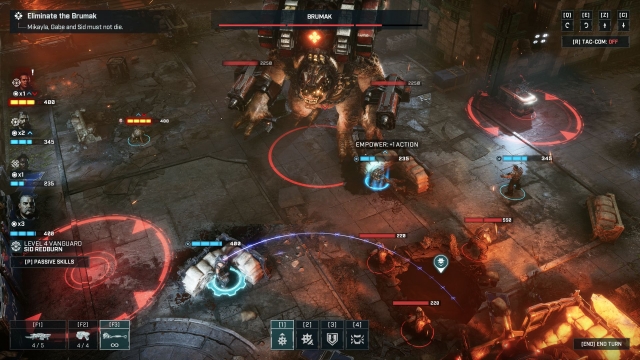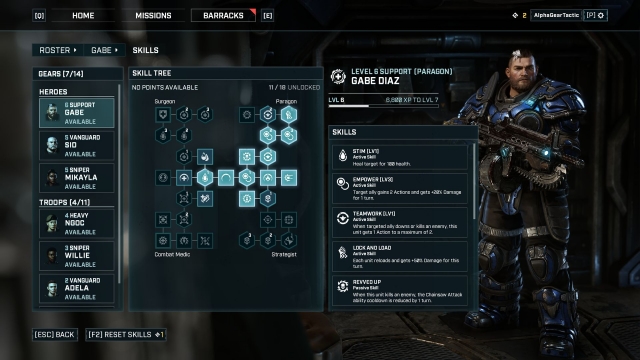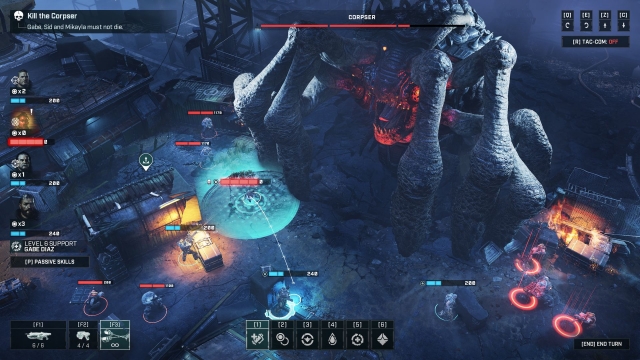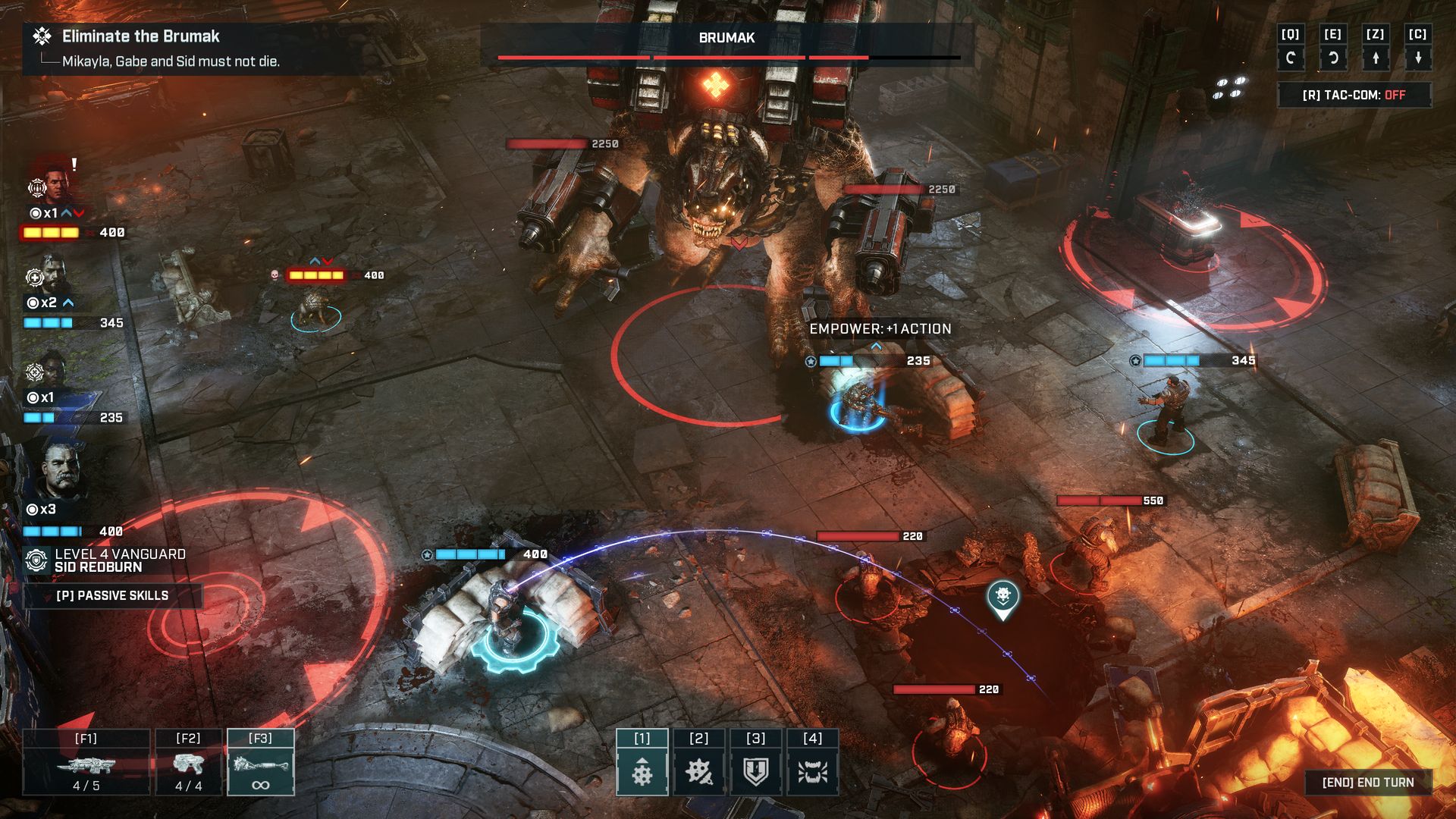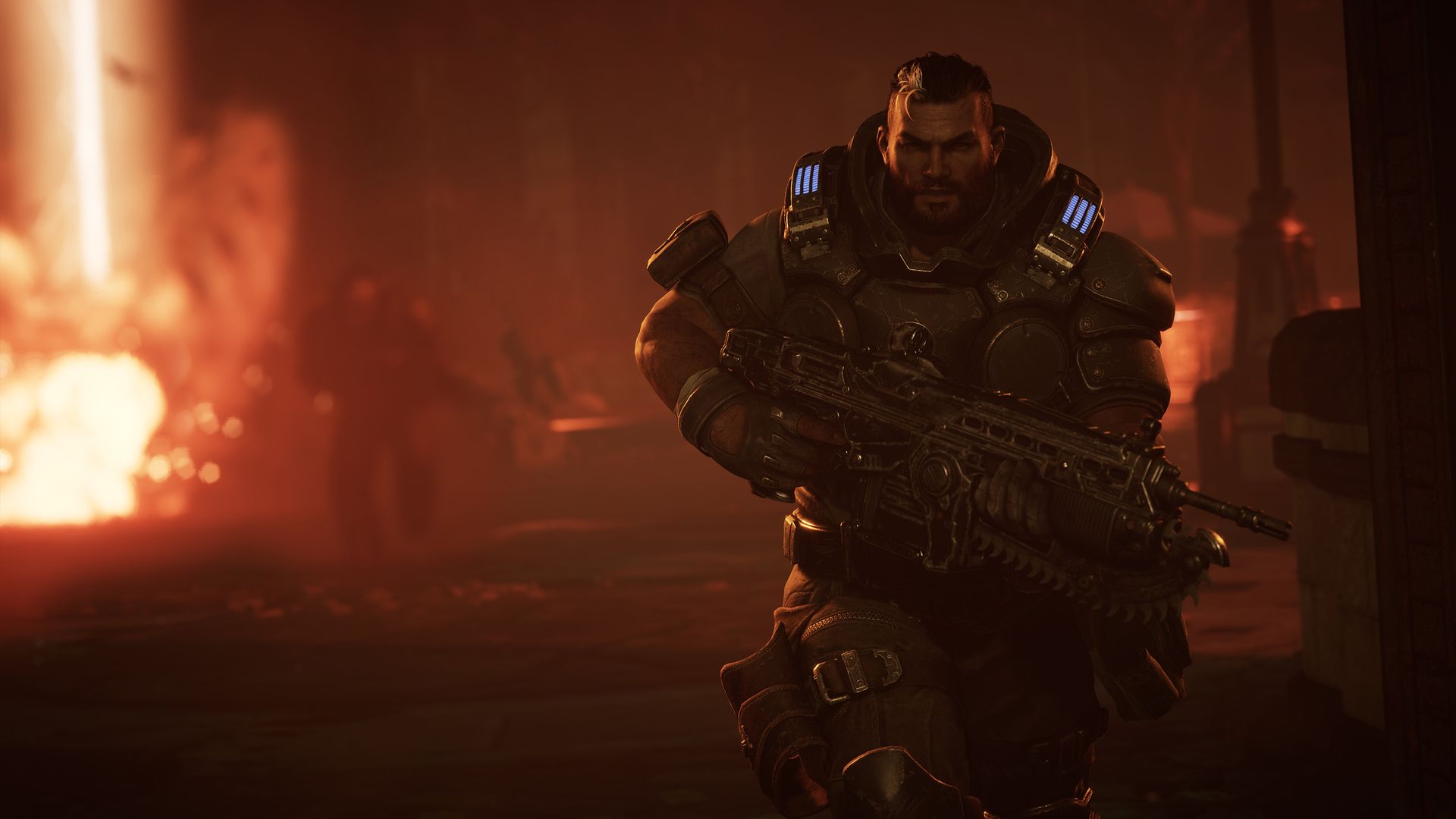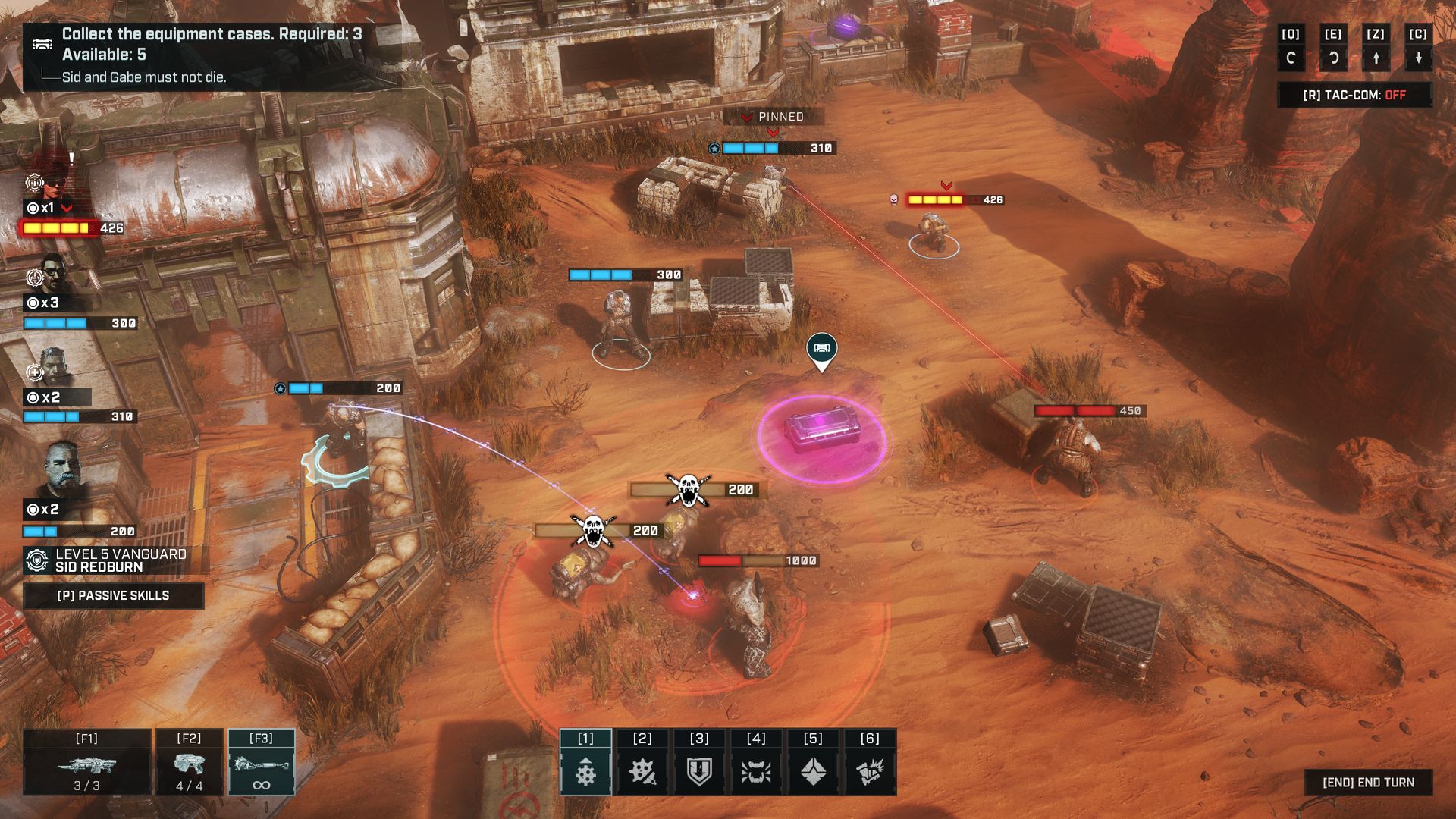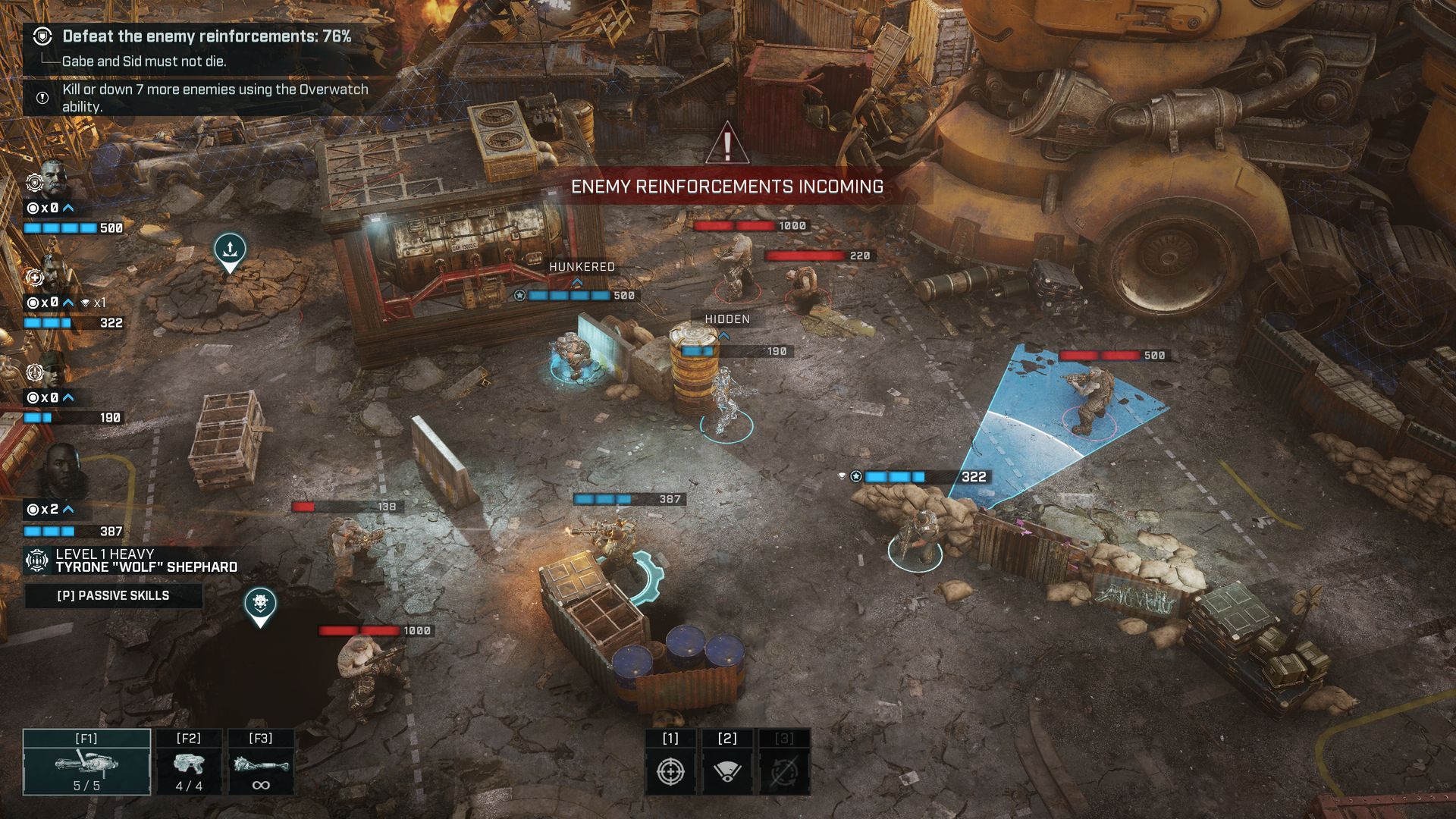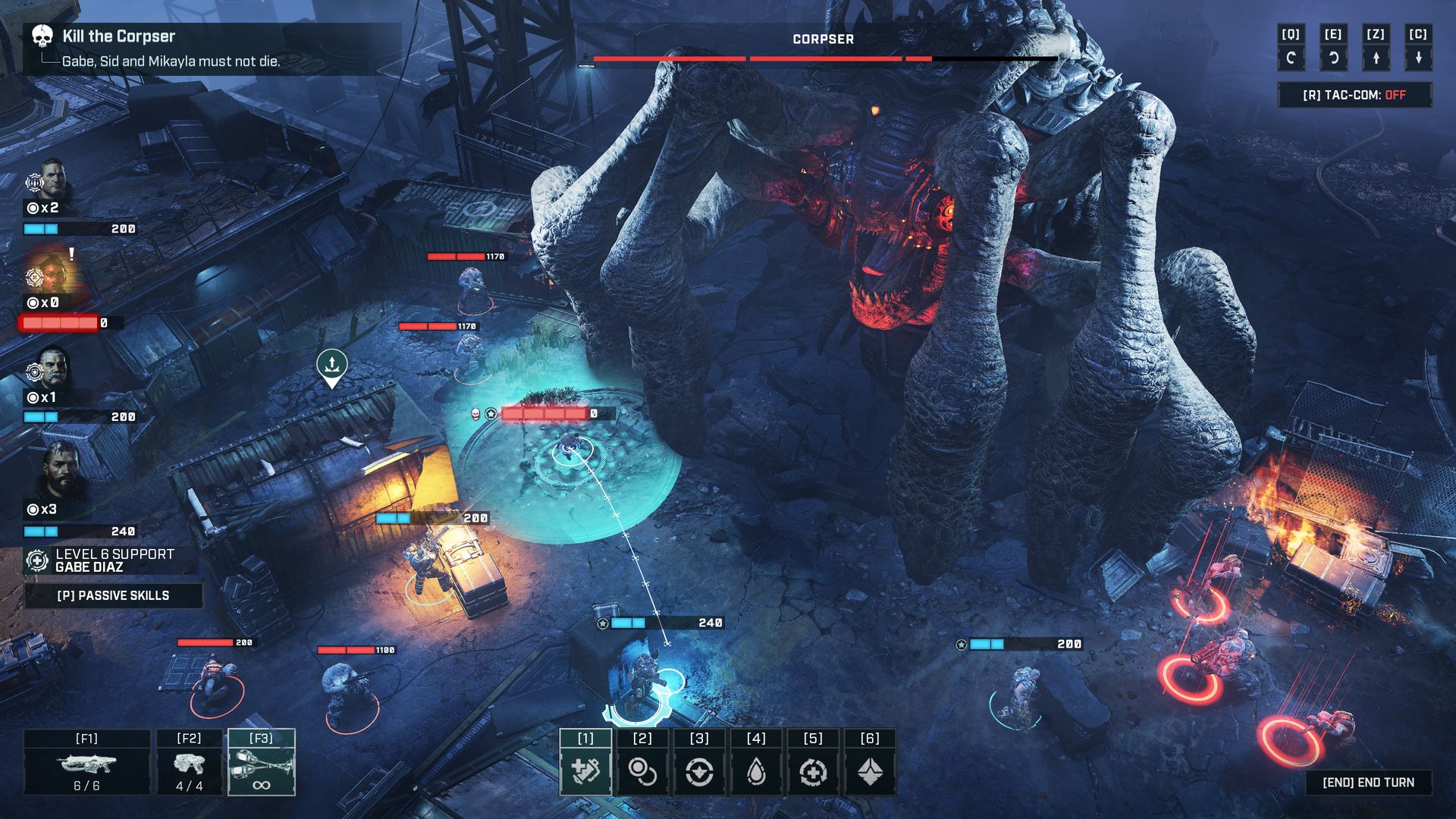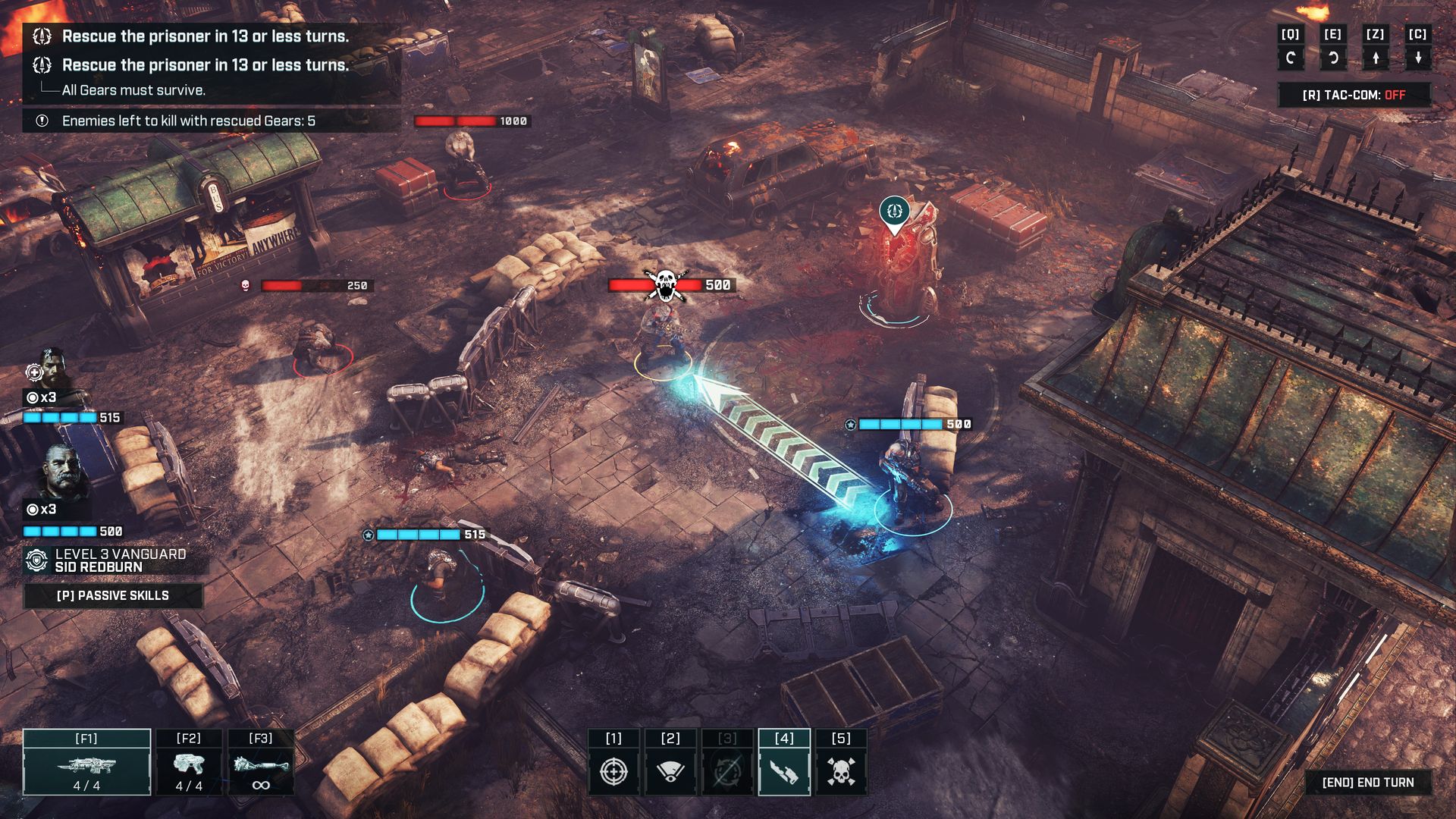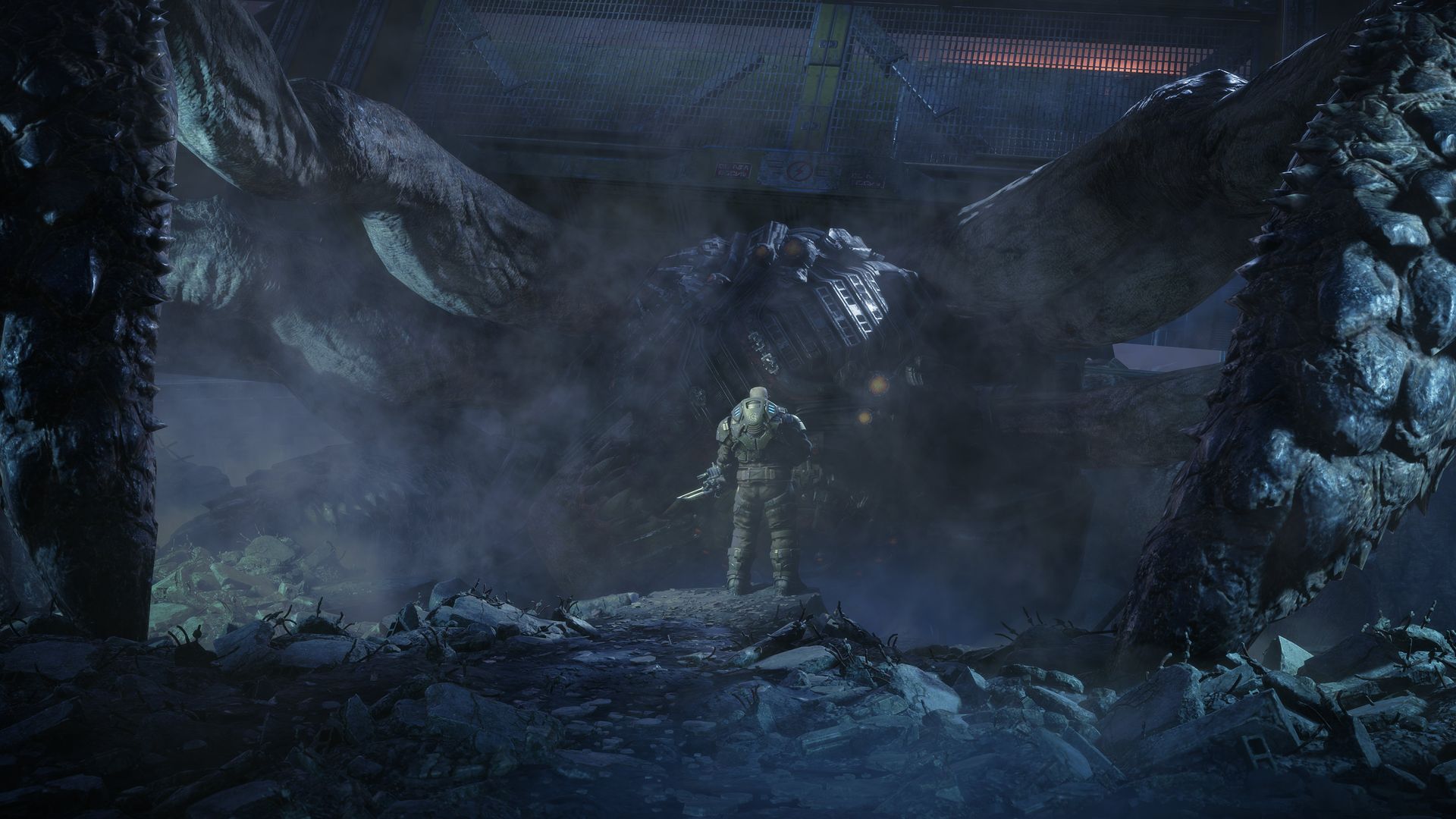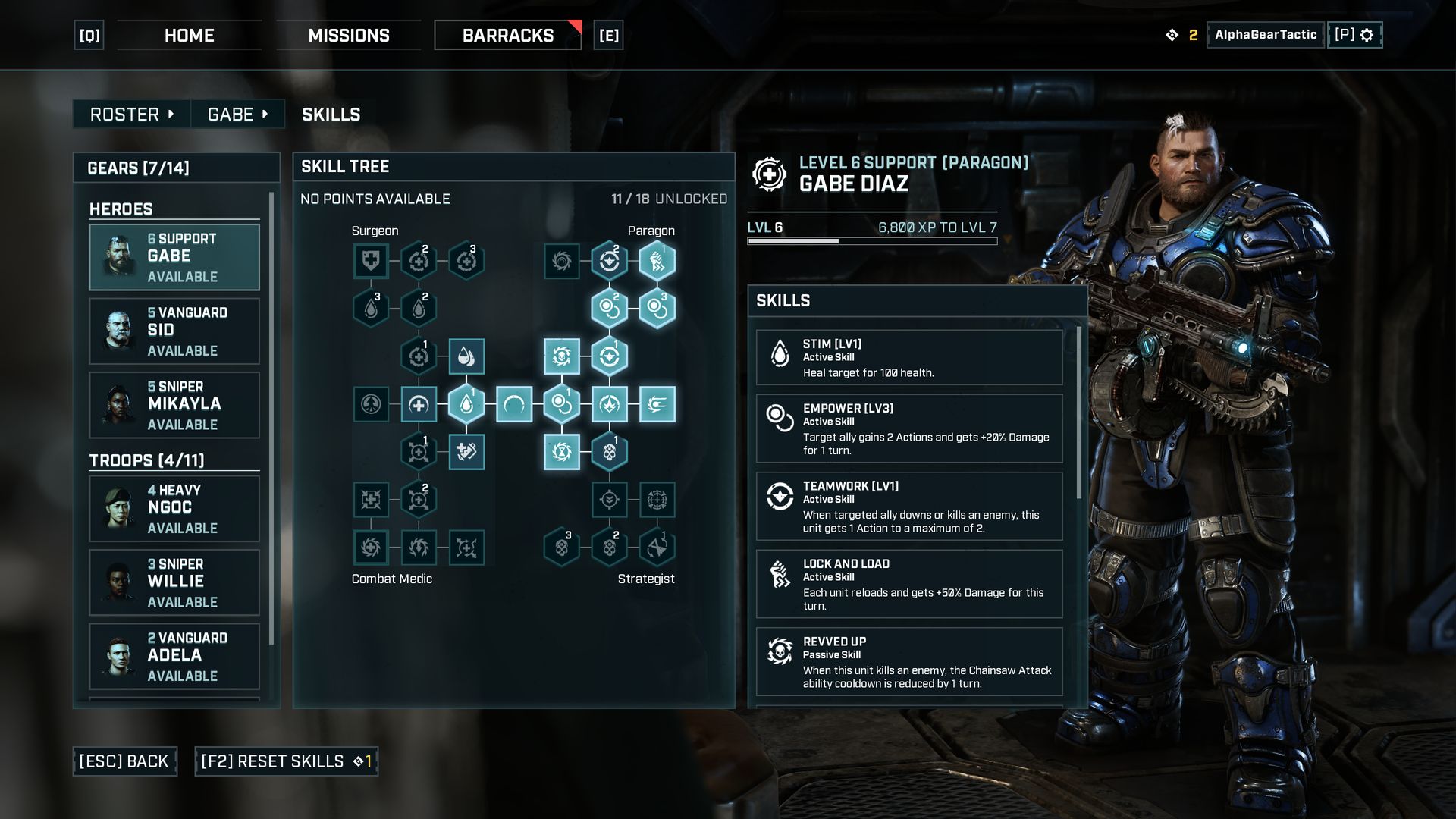Gears Tactics
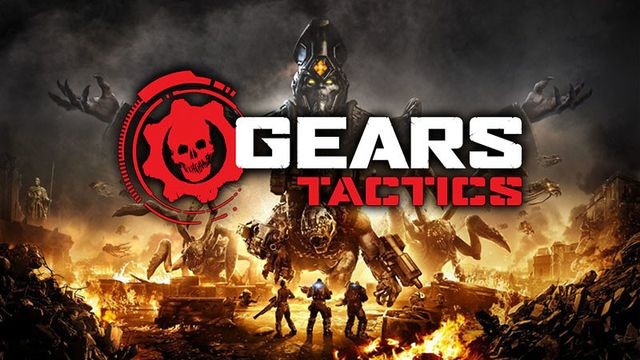
The Good: XCOM-style tactical action with some cool, new ideas. Who doesn’t love to chainsaw an enemy in half?
The Bad: Some design decisions greatly reduce tactical and strategic depth.
The Ugly: Game often makes it too easy to hang back in overwatch and let the enemies run into your kill zones. Good artwork, but severely limited and quickly becomes repetitious. Repetitious missions.
Maybe it’s because I’m getting older, but squad-based tactical shooters are rapidly displacing twitch FPS in my game rotations. Don’t get me wrong, I’m still playing Doom Eternal, but even with the frustrations of my sniper missing two 95% shots in a row, and in so doing allowing my ranger to get mauled, the balance of strategy and action offered by XCOM and its mimics keeps me coming back. So, here’s one set in the Gears universe. As a prelude, I should probably say I’ve been middling on the Gears series to date. I played one through three, and more or less had my fill of waist-high barrier shoot-em-ups. People say five is good, but I haven’t played it. Now Gears: Tactics is on my desk, and it brings a level of dazzling violence to the tactical genre, but suffers from redundant level and mission design and some balance issues.
Right off the bat you can tell this is a Gears game – their love of a battlefield littered with waist-high barriers hasn’t lessened any – and the distinctive Gears artwork has transitioned pretty well to the squad view of the world. I say pretty well because initially the artwork looks quite interesting and highly detailed, but just a few levels in you come to realize is very limited – when you’ve taken cover behind one waist-high bazaar table, you’ve taken cover behind them all. Creature models are nicely detailed, and they sure do cut up nice.
Much of the usual squad tactical game mechanics have been brought in. Squad members are broken into the typical squad classes – heavy, ranger, sniper, scout. Each has their own upgrade trees which contain passive and active skills. Active skills have a cool down time after use, and some of the cooldowns are long enough that you really have to be careful when you use them, because you won’t get another use for many turns to come. Each member gets three actions which can be used as you like – move some distance, reload or shoot a weapon, or activate a skill. There are all kinds of modifiers to those actions that can take place, as certain skills and kills can award additional actions. When you go to take a shot, you get a table showing you your chance to hit, score a critical hit, and how much damage you’ll do, and then you can take choose to take the shot or not. You can also, in something that has always driven me nuts about XCOM, take a shot and then move. I’ve never understood why XCOM solders that shoot first can’t use their remaining action to move to cover.
Gears does away with all of the base mechanics. You’re not building facilities, or manufacturing weapons or armor, or researching anything. Expendables like grenades are infinite – you don’t need to build more when you use them as you do in Phoenix Point (another squad tactical game I’ve been playing a lot of recently). Technically extra squad members you don’t bring on missions stay at your base, and your squad spends upgrade points at the base to gain new skills between missions, but the base is not a strategic element of the game. Squad members injured in battle don’t need to spend time to heal up. All upgraded weapon and armor are recovered from crates on the battlefield, and you can deal them out to the squad members also between missions. The only exception to this is simultaneous missions, in which soldiers out on one mission have not yet returned, so you can’t send them on another.
Gears has thrown some interesting pieces into the mix. There are some boss creature battles which require some changes in strategy to take down. There are also some advanced units that bring unique weapons and skills to the battlefield, and in a really neat addition you can pick up their weapons after they die (but you don’t get to keep them after the mission – booo!). I’ll add that in general I like the increased focus on close combat. The game is clearly intended to be fast and brutal, and that’s not just because one of your weapons is a chainsaw rifle and the game switches to an FPS view when you make a killing stroke and lop off an enemy’s head in a shower of blood. An early ranger upgrade involves getting an additional action point when killing an enemy with the chainsaw, which in theory means you could wade into a group of enemies and hack and slash your way to glory. The risk is that just one blocked or missed killed, and you’re surrounded by enemies and out of actions. This fairly high-risk blood-soaked approach in my opinion is overbalanced by one of the most effective and damaging overwatch mechanics I’ve seen in any of these games. When a unit sets up overwatch, they lay out of a cone of effect, and any creature walking into the cone is attacked until, and here’s the key, the overwatch unit runs their current clip empty or the enemy passes through the cone. Since you can set the range of the overwatch to be within the optimum range for the weapon, such overwatch is devastating.
Additionally, if a unit takes enough damage from the overwatch, their action is considered interrupted, and they don’t even get to complete their move or counterattack. This is in pretty sharp contrast to XCOM, which had overwatch units take a single shot, or Phoenix Point, where enemies shot at by a unit in overwatch can return fire (if they have that skill). Missions occasionally have a time limit which will push you to advance (one I’ve played has devastating artillery fire eating up the ground behind you) and not always hang back in overwatch, but these pushes are pretty gentle, and the enemy seems all too amped up to run into your overwatch cones. Plus, grenades are really overpowered – very few units can stand up to a single grenade blast, and they’ll clean out an entire pack of lower level ones. I should probably note here that I’m playing on the experienced level. An insane is available which is presumably, from the name alone, more difficult.
In the first few hours with it, I was really happy with how Gears was playing – thought it could be one of the greats. It’s only around hour four or five that the warts start to show. That the same strategy of cautious overwatch and drawing the enemy into withering choke points works just about every time. That the missions run the gamut from rescue this soldier to hold that position to blow up this target to, uh, that’s about it. That the graphics that initially seem very impressive become less so as you realize every mission takes place in a marketplace in Morocco. And there are waist-high barriers. So many waist-high barriers. Don’t get me wrong; it’s not bad by any stretch of the imagination. But given that XCOM2 is over four years old, I was expecting something more and better, and I feel like Gears: Tactics delivered neither.
Reviewed By: Phil Soletsky
Publisher: Xbox Game Studios
Rating: 75%
——————————————————————————–
This review is based on a digital copy of Gears Tactics for the PC provided by Xbox Game Studios.
 Game Over Online
Game Over Online